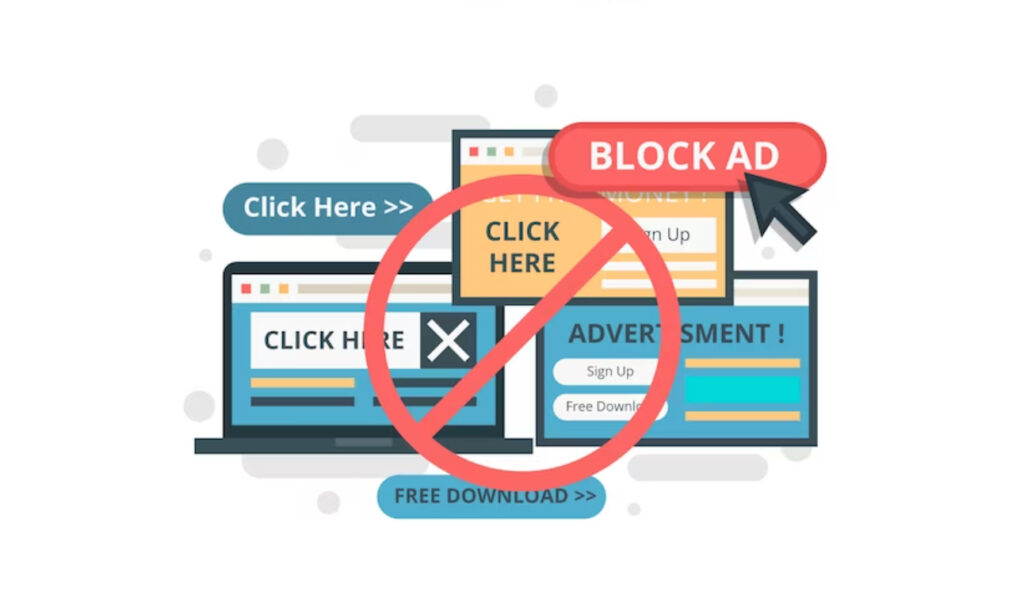Ad-blockers are browser extensions that prevent ads from being displayed on websites. While they offer an improved browsing experience for users, ad-blockers pose a significant challenge for online advertisers, especially those who rely on pay-per-click (PPC) advertising to drive traffic to their websites. In this article, we’ll explore the impact of ad-blockers on PPC advertising and provide actionable tips on how to overcome this challenge.
User Behavior and Ad Blockers
Understanding why users install ad-blockers is essential to overcoming the challenge of ad-blockers in PPC advertising. Research shows that users install ad-blockers mainly to improve their browsing experience, avoid intrusive ads, and protect their privacy. Ad-blocker usage is more prevalent among younger users, with millennials and Generation Z being the most likely to use them.
Strategies to Overcome Ad Blockers in PPC Advertising
To overcome the challenge of ad-blockers in PPC advertising, you need to create ads that are relevant, personalized, and non-intrusive. Here are some effective strategies to consider:
- Ad Personalization and Relevance. Creating personalized ads that are relevant to the user’s interests is key to overcoming ad-blockers. Use data such as browsing history, search queries, and demographics to tailor your ads to the user’s needs. Dynamic keyword insertion, ad customizers, and ad scheduling can also help to create more relevant ads.
- Native Advertising. Native advertising is a form of paid advertising that blends seamlessly with the website’s content, making it less likely to be blocked by ad-blockers. By creating ads that match the website’s design and style, you can make them appear less intrusive and more appealing to users.
- Content Marketing. Content marketing is an effective way to reach users who have ad-blockers installed. By creating high-quality content that offers value to the user, you can attract and retain their attention. Use social media, email marketing, and other channels to promote your content and drive traffic to your website.
- Influencer Marketing. Influencer marketing involves partnering with social media influencers to promote your products or services. By leveraging the influencer’s reach and credibility, you can create more engaging and persuasive ads that are less likely to be blocked by ad-blockers.
- Ad Retargeting. Ad retargeting is a strategy that involves displaying ads to users who have previously visited your website. By targeting users who have already shown an interest in your products or services, you can create more effective ads that are less likely to be blocked by ad-blockers.
Ad Blocker Detection and Prevention Techniques
In addition to creating relevant and personalized ads, you can also use ad blocker detection and prevention techniques to ensure that your ads are seen by your target audience. Here are some effective techniques to consider:
- Anti-ad Blocker Scripts. Anti-ad blocker scripts are code snippets that detect and block ad-blocker users from accessing your website. By redirecting ad-blocker users to a landing page that requires them to disable their ad-blocker, you can ensure that your ads are seen by your target audience.
- Cookie Consent Pop-ups. Cookie consent pop-ups are another effective way to overcome ad-blockers. By displaying a cookie consent pop-up that requires users to accept cookies to access your website, you can ensure that your ads are seen by your target audience.
- Ad Frequency Capping. Ad frequency capping is a strategy that involves limiting the number of times an ad is displayed to the same user. By capping the frequency of your ads, you can reduce the likelihood that users will install ad-blockers to avoid seeing your ads.
Conclusion
Ad-blockers pose a significant challenge for PPC advertisers, but with the right strategies, you can overcome this challenge and reach your target audience. By creating relevant and personalized ads, using native advertising and content marketing, partnering with influencers, and using ad blocker detection and prevention techniques, you can ensure that your ads are seen by your target audience and drive conversions.


